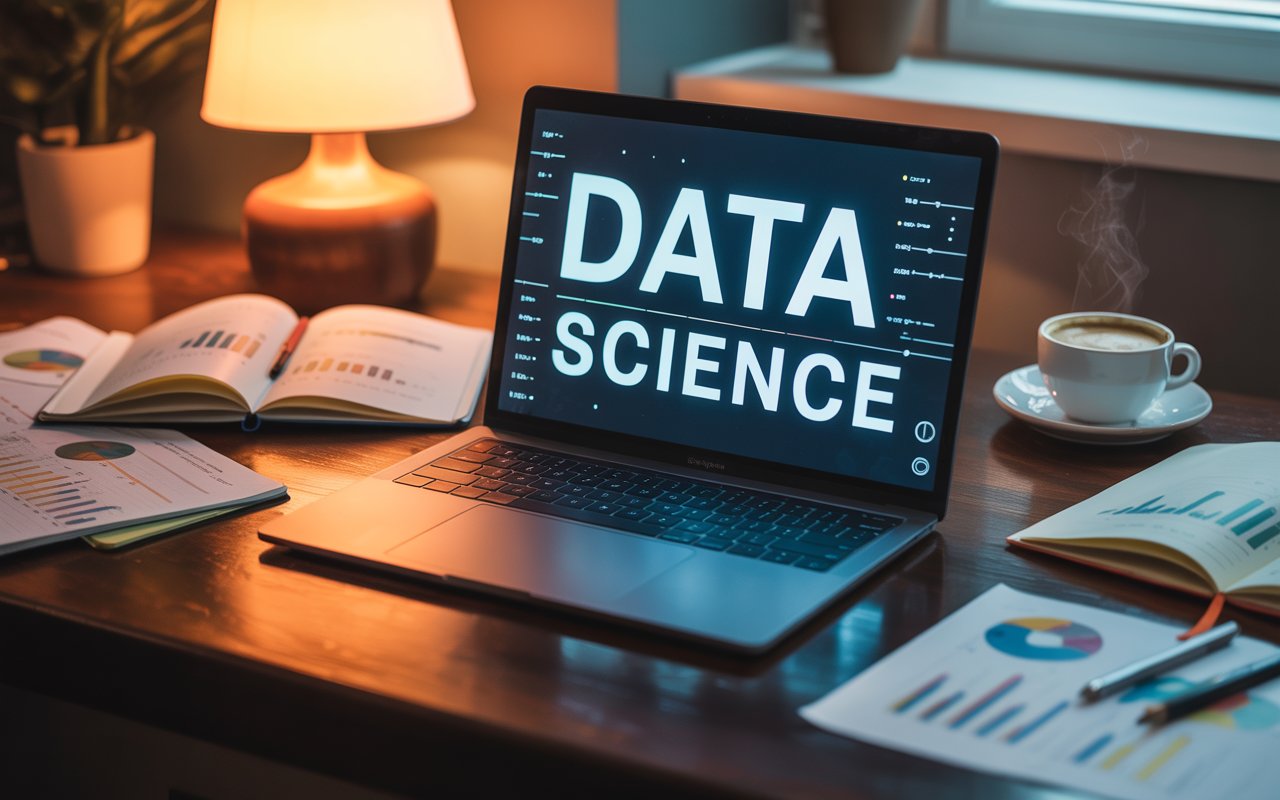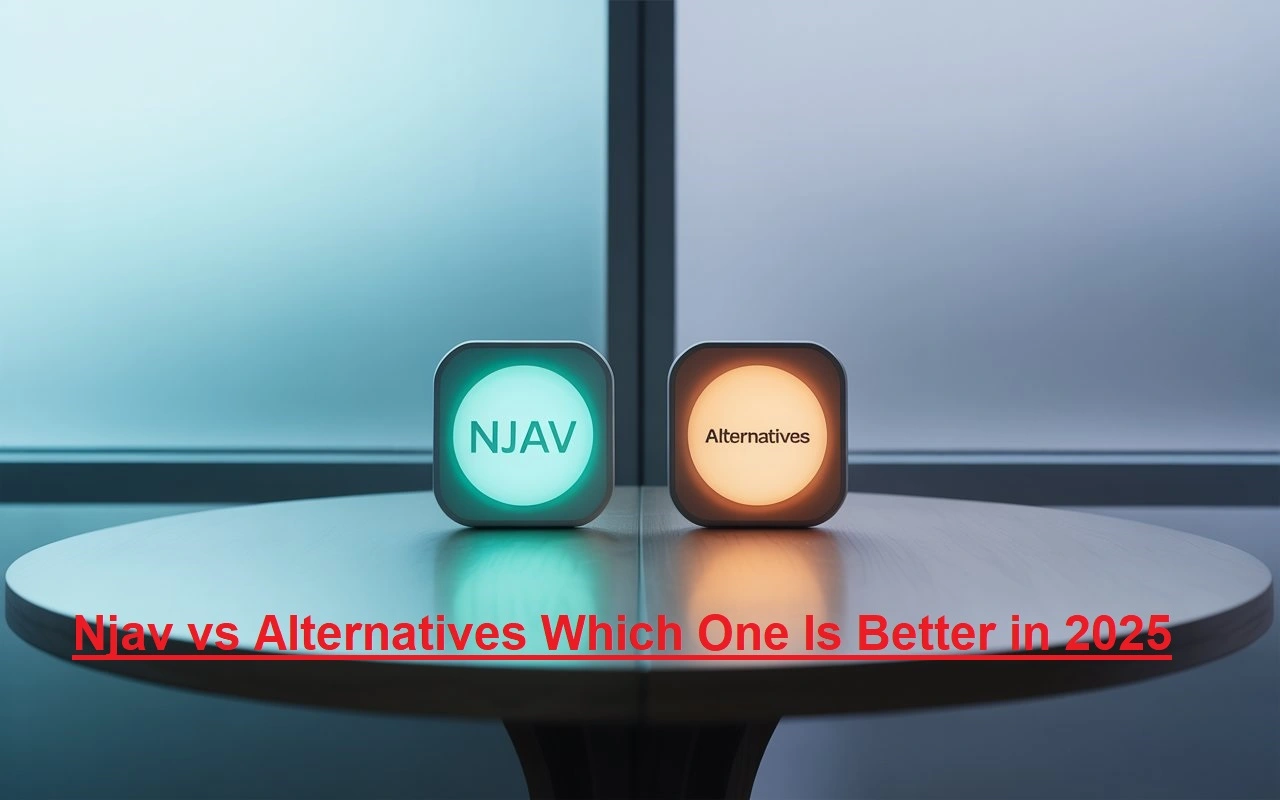A leading robotics company Boston Dynamics taught its robots to dance by incorporating sophisticated algorithms and artificial intelligence techniques. The process involved the following steps:
- Motion Capture: The first step was to capture the movements of human dancers and convert them into data. This data was then used to train the robots to perform similar movements.
- Machine Learning: Using machine learning algorithms, the robots were trained to recognize different dance styles and movements. The algorithms helped the robots to understand the different steps and motions that make up a dance.
- Sensor Integration: Boston Dynamics equipped the robots with various sensors, including cameras, microphones, and accelerometers. These sensors allowed the robots to react to their surroundings and perform the dance movements in a more natural and fluid manner.
- Human Input: The robots were programmed to respond to human input, such as music and sound, allowing them to adjust their movements accordingly.
- Fine-Tuning: Finally, the robots were fine-tuned through a series of tests and trials. The engineers made adjustments to the algorithms and the robot’s movements until they were able to perform a smooth and synchronized dance.
The end result was a series of robots that could perform various dance styles, from hip-hop to salsa, with a level of fluidity and grace that was almost human-like.
In the case of Boston Dynamics, motion capture was used to capture the movements of human dancers and convert them into data that could be used to train the robots. The motion capture data was used to create a digital representation of the dancer’s movements, which could then be used to program the robots to perform the same movements.
The use of motion capture technology allows robots to mimic human movements more accurately, making their movements more fluid and natural. It also allows for greater control and precision in the robots’ movements, allowing them to perform a wider range of movements and dance styles.
Machine Learning:
In the case of Boston Dynamics, machine learning algorithms were used to train the robots to recognize and perform different dance styles. The algorithms analyzed the data collected from the motion capture process and used it to identify patterns and correlations in the movements of the dancer.
By learning from this data, the robots were able to identify different dance steps and movements, allowing them to perform the dances in a more natural and fluid manner. The machine learning algorithms also allowed the robots to continue learning and improving their dance movements over time, as they were exposed to more data and different dance styles.
Machine learning is an important technology for the development of advanced robots, as it allows them to learn and adapt to new situations and environments, making them more flexible and capable. In the case of Boston Dynamics, the use of machine learning allowed the robots to perform dances in a more human-like manner, increasing their overall realism and accuracy.
Sensor Integration:
The sensors used by Boston Dynamics included cameras, microphones, and accelerometers. The cameras allowed the robots to visually perceive their environment and respond to changes in lighting and other environmental factors. The microphones allowed the robots to respond to music and other sounds, adjusting their movements accordingly. The accelerometers allowed the robots to measure their movements and adjust their posture and balance.
By integrating these sensors, Boston Dynamics was able to create robots that were capable of adapting to their environment and performing more complex and sophisticated dance movements. The sensor integration allowed the robots to respond to their environment in real-time, making their movements more realistic and natural.
Sensor integration is an important aspect of the development of advanced robots, as it allows them to interact with their environment and perform more complex tasks. In the case of Boston Dynamics, the use of sensors allowed the robots to perform dances in a more human-like manner, increasing their overall realism and accuracy.
Human Input:
By incorporating this ability, the robots were able to adjust their movements in real-time based on the input received from the human user. For example, if the music changed tempo or volume, the robots would respond by adjusting their dance movements accordingly. This allowed for a more interactive and dynamic experience, as the robots were able to perform in a manner that was closely tied to the music and other inputs.
Human input is an important aspect of the development of advanced robots, as it allows for greater control and interaction between the robots and their users. In the case of Boston Dynamics, the use of human input allowed the robots to perform dances in a more dynamic and responsive manner, increasing their overall realism and accuracy.
Fine-Tuning:
The engineers responsible for the robots monitored their movements and performance, making adjustments to the algorithms and movements as needed. They tested the robots with different dance styles and movements, making sure that they were able to perform them accurately and smoothly.
Through this process of fine-tuning, the robots were able to achieve a high level of accuracy and realism in their dance movements. The engineers were able to make small adjustments to the robots’ movements and algorithms, allowing them to perform the dances in a more fluid and synchronized manner.
Fine-tuning is an important aspect of the development of advanced robots, as it allows for the optimization of their performance. In the case of Boston Dynamics, the fine-tuning process allowed the robots to perform dances in a more precise and realistic manner, increasing their overall effectiveness and accuracy.
Conclusion:
The use of motion capture technology allowed the robots to mimic human movements more accurately, while machine learning algorithms allowed the robots to learn and improve their dance movements over time. Sensor integration and human input added an additional layer of realism, allowing the robots to respond to their environment and human input in real-time. Finally, the fine-tuning process allowed the engineers to optimize the performance of the robots, making their movements more precise and synchronized.
The development of Boston Dynamics’ dancing robots demonstrates the advancements that have been made in the field of robotics, and provides a glimpse into the exciting possibilities for future developments in the industry







